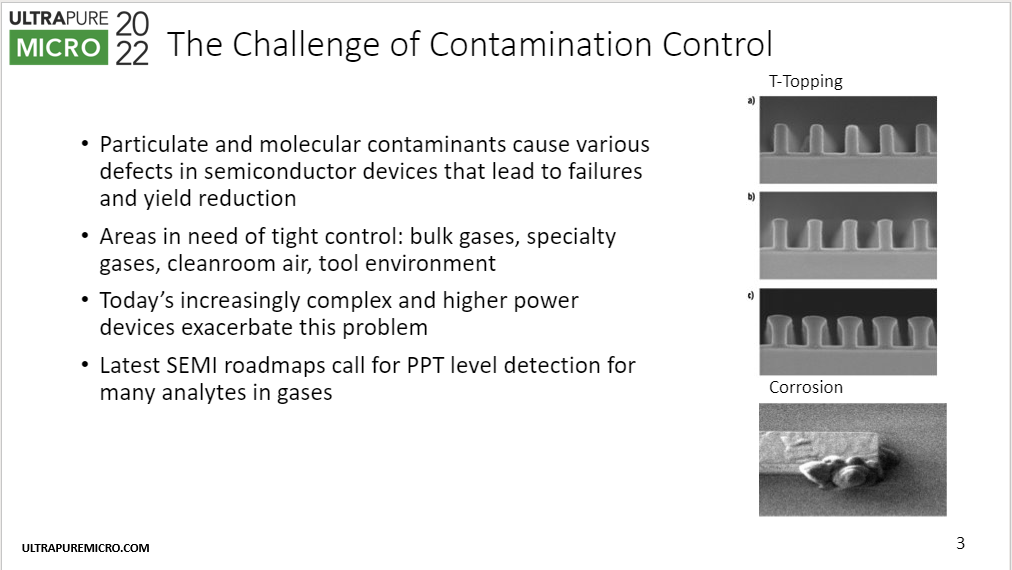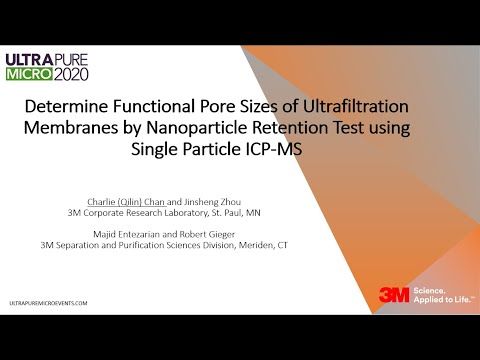Use of Fluorescent Molecules as Surrogate Nanocontaminants to Monitor the Integrity of Reverse Osmosis Membranes in Ultrapure Water Systems
Date Published 2023 | Conference materials
Log in or Join UltraFacility to access this content
To access our resources you will need to be a member of UltraFacility, log in to your account or purchase a membership to view this content.
Already have an account? Log in
In this study, nano-sized fluorescent molecules were employed as surrogate nano-contaminants. By continuously monitoring the rejection efficiency of these fluorescent molecules, breaches in the RO system could be detected in real-time. The highly charged fluorescent molecules can be easly removed by ion exchange in polishing steps.
Organizations: Nalco Water
Authors: Seong Yoon, Tags: Reverse Osmosis (RO)Metrology and Analytical Technology
Related content
Conference material | 2018
Development of an Online Urea Monitor for Ultrapure Water Production in Semiconductor Fabrication Plants

Conference material | 2022
Multi-Species PPT-Level Impurity Detection in Electronic Bulk Gases Using Atmospheric Pressure Ionization Mass Spectrometry
Conference material | 2015
THM – A Novel Sustainable Approach as a Global Solution for UPW Applications

Conference material | 2020
Determine functional pore sizes of ultrafiltration membranes by nanoparticle retention test using single particle ICP-MS
Back to results